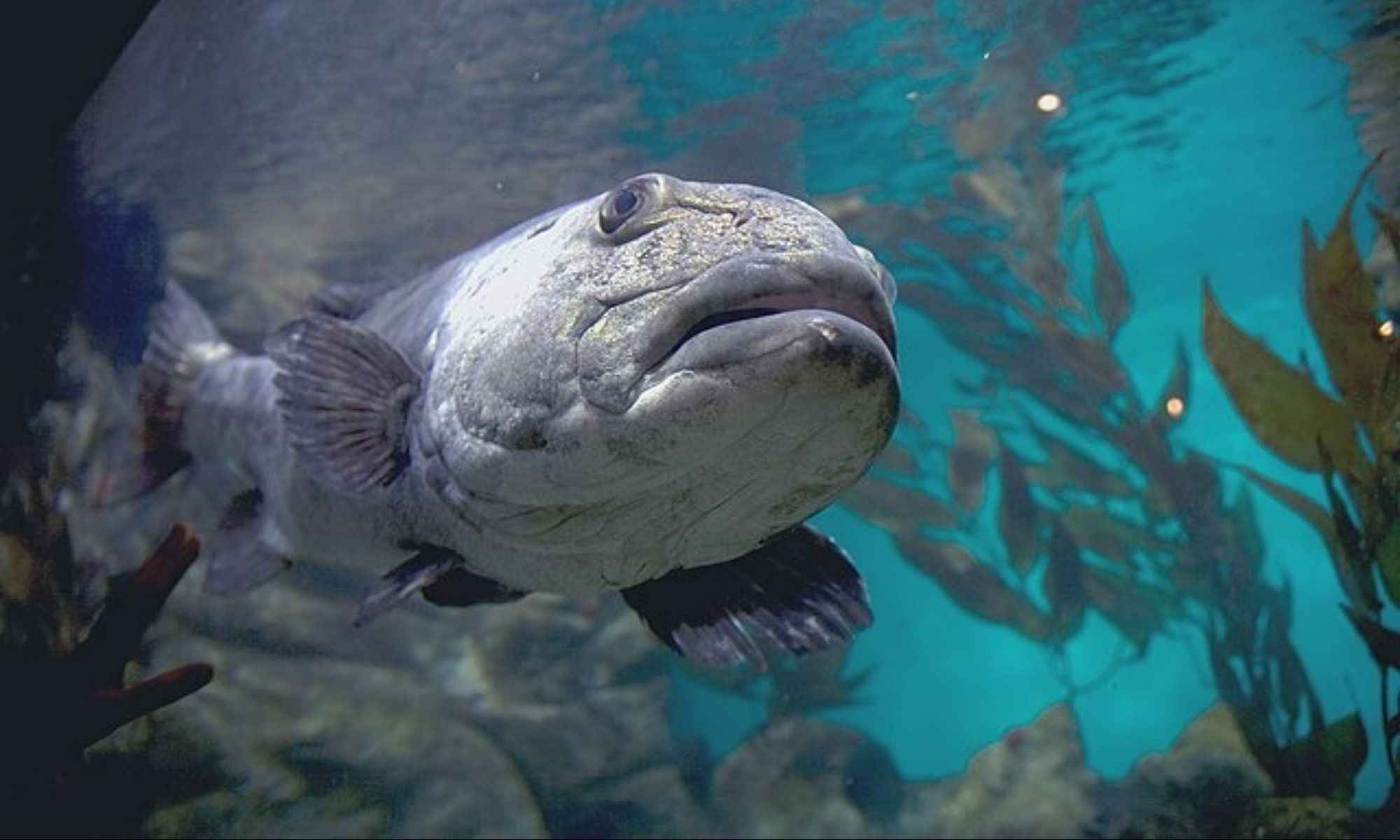Can Giant Sea Bass Make a Comeback?
Giant sea bass in Central and Southern California are making a slow but steady comeback.

The giant sea bass (scientifically known as the Stereolepis gigas) is a wreckfish under the Polyprionidae family.

Despite its name, it is not part of the Serranidae or sea bass family. The fish can also be called black sea bass and giant black sea bass. It is native to the North Pacific Ocean and can exceed over 7 feet in length, weigh up to 560 pounds, and live at least 70 years. Though giant sea bass are considered apex predators within their usual habitats, their conservation status falls under the threatened category of critically endangered. Despite this, there have been reports that allude to the fish making an encouraging yet delicate comeback.
Conservation and History
Recreational fishing for the now-endangered giant sea bass began in the 19th century when they were prolific on the Central and Southern California coasts. In the 20th century, the peak catch of these fish was recorded in 1932. By the 1980s, giant sea bass faced the threat of local extinction off California’s coastal waters. The fish were considered popular ‘big game’ targets for scuba and freediving spearfishermen. They also reproduced slowly and tended to gather in large groups, making the giant fish more vulnerable to anglers. In the 1970s, the California Department of Fish and Game made spearfishing for these species illegal. This abrupt change in the law was precipitated by an unfortunate incident involving several free divers taking seven fish from Santa Cruz Island and then selling those giant sea bass illegally to a San Pedro fish market.

Despite efforts to protect giant sea bass from commercial fishing and sport fishing, the species was listed as critically endangered by the International Union for Conservation of Nature in 1996. But in recent years, it has been suggested that the giant sea bass population may be increasing in California. Captive breeding administered by the Aquarium of the Pacific was successfully done in 2016. In 2018, the total breeding population in California was estimated to be at about 500 individual fish, with 40 to 50 returning to spawn around Santa Catalina Island every year. In recent years, scientists and others who frequent the California coast have spotted good numbers of fish.
Reports of Giant Sea Bass Making a Comeback
In the past couple of years, scientists have ventured off to Avalon’s Casino Diver Park to confirm huge numbers of giant sea bass gathering at one of the state’s most popular scuba diving sites. They aimed to understand and encourage the incredible yet delicate comeback of one of the largest fish, which unfortunately disappeared for a while from the Southern California coast because of overfishing.
Three decades ago, you wouldn’t spot any giant sea bass returning to spawn around Catalina Island yearly. But nowadays, scientists have discovered that around 40 to 50 fish return to that spot to spawn, most of which are under 20 years old. It suggests that those incredible fish were hatched around the time that fishing for them was banned in California.
The scientists who explored a few yards off Avalon’s cafe-lined promenade were thrilled to find ten giant sea bass dwelling on the bottom of the water column. It was one of the largest gatherings of the fish seen in the area since the 70s. The scientists found it very encouraging because the species is an integral part of the history and culture of the state.
Photos were taken of the fish and their unique spot patterns that can be read like natural bar codes. The Aquarium of the Pacific launched a website called Spotting Giant Sea Bass, where researchers and recreational divers can share information and photos about when and where individual fish were spotted. The website has a cool feature that can match and recognize individual fish using pattern recognition algorithms (first developed by astrophysicists to find patterns in star constellations.)
Because California logs over a million dives per year, it is hoped that the website will gain traction and people will help the species recover by identifying the fish's spawning grounds, calculating how far they move, determining if they inhabit protected marine areas, and observing threats they may encounter while moving and migrating.

Breeding programs are still occurring to help grow the population of giant fish. Around 200 baby giant sea bass were fed and cared for at branches of the Aquarium of the Pacific. Around 180 baby giant sea bass reared at the San Pedro facility were released around 100 yards from Long Beach. This was done in a collaborative effort of the California Department of Fish and Wildlife, Cal State Northridge, and Cal State Long Beach. Another 175 from the Long Beach aquarium were released the following week.
With these new findings, it’s hoped that these majestic and significant species will indeed make an impactful comeback in the years to come.




